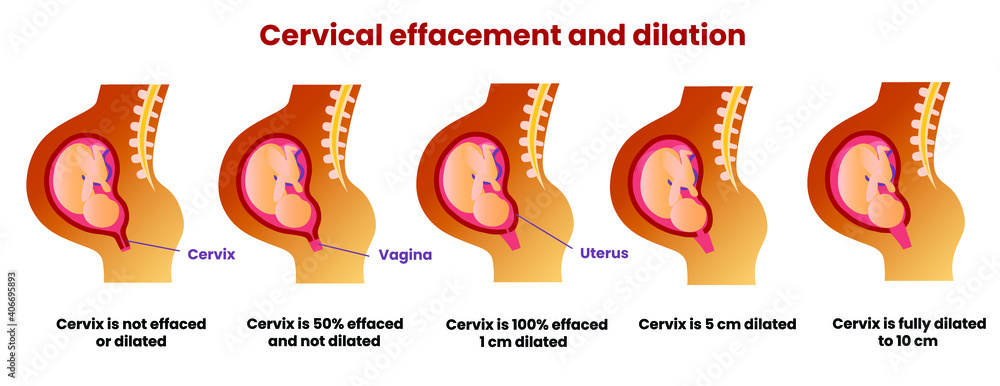Amphetamine use during pregnancy and breastfeeding

The use of amphetamines, during the stages of pregnancy and breastfeeding requires analysis as it involves a complicated interaction, between the mothers well being the development of the fetus and postnatal care. To navigate this situation effectively it is essential to examine the intricate network of potential risks and concerns associated with amphetamine use during pregnancy.
- Premature Birth Risk:
- Amphetamine ingestion during pregnancy has been consistently linked to an increased risk of premature birth.
- Premature birth, occurring before 37 weeks of gestation, heightens the likelihood of respiratory distress syndrome and other complications for the newborn.
- Low Birth Weight Concerns:
- The specter of low birth weight emerges as a potential consequence of amphetamine exposure during pregnancy.
- Low birth weight not only serves as a marker of inadequate fetal growth but also raises the specter of various health complications for the infant.
- Neonatal Withdrawal:
- The phenomenon of neonatal withdrawal becomes poignant as infants born to mothers who used amphetamines may manifest symptoms of irritability, feeding difficulties, and sleep disturbances.
- This illustration underscores the direct impact of amphetamines on the newborn, prompting a nuanced approach to pharmacological choices during pregnancy.
- Neurodevelopmental Concerns:
- Emerging research indicates a plausible link between prenatal exposure to amphetamines and subsequent behavioral and cognitive issues in offspring.
- This revelation prompts contemplation on the potential long-term consequences for a child’s learning abilities, attention span, and overall cognitive function.
- Breastfeeding Dilemma:
- In the context of postnatal care, the discourse extends to breastfeeding – a cornerstone of early infancy.
- The presence of amphetamines in breast milk raises red flags, necessitating a cautious approach and critical examination of alternative feeding options.
- Maternal Health Risks:
- The continuum of health risks extends to encompass the maternal sphere, where the sustained use of amphetamines during pregnancy poses threats to the mother’s well-being.
- Elevated blood pressure and the specter of substance dependence emerge as palpable concerns, underscoring the imperative for vigilant medical supervision.
Against this intricate backdrop, pregnant women utilizing amphetamines for medical reasons emerge as a focal point for intervention. Their journey necessitates not only a comprehensive understanding of potential risks but also the implementation of tailored medical supervision. This proactive approach aims not only to mitigate potential risks but to optimize health outcomes for both the expectant mother and the developing fetus.
To summarize, the utilization of amphetamines during pregnancy and breastfeeding unravels a tale of interconnected complexities. It is imperative to make decisions under the guidance of medical oversight and with a thoughtful exploration of alternative choices to prioritize a healthy pregnancy, ensuring the optimal well-being for both mother and child in this intricate situation. Prioritizing a healthy pregnancy underscores the significance of comprehensive care and personalized approaches to navigate the intricate journey of maternal well-being and fetal development.


